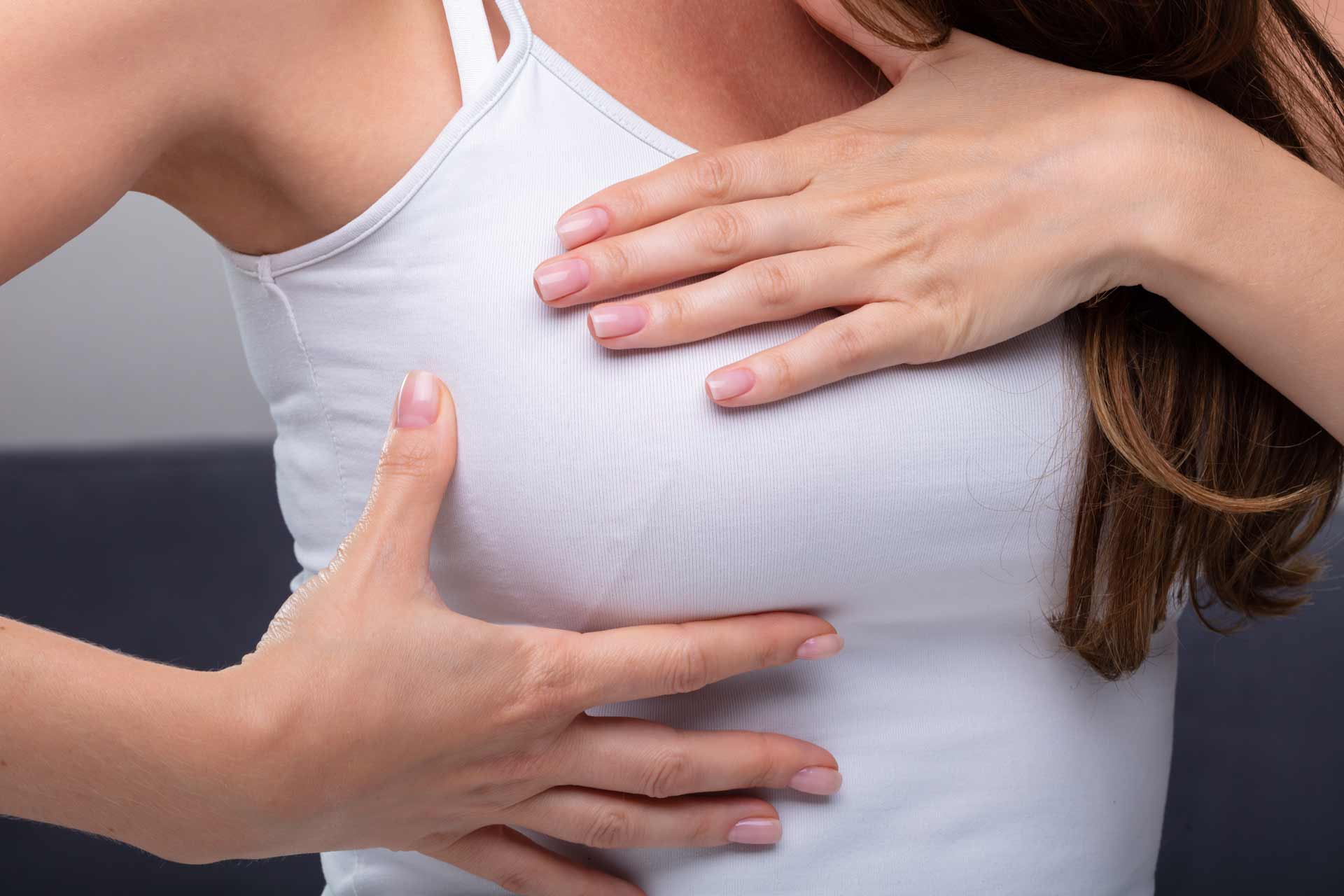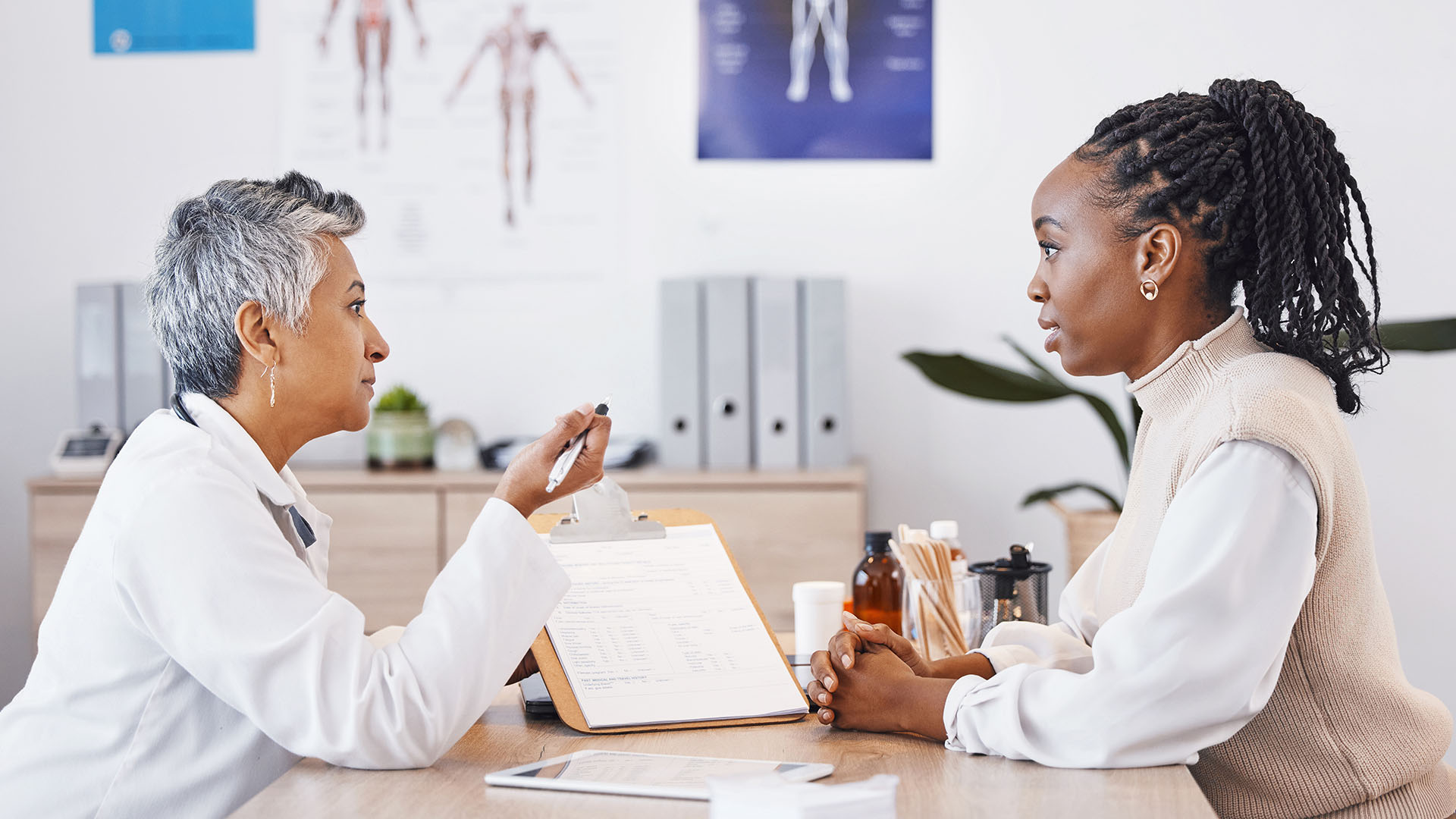Summarize This Article:
Summarize This Article:

Breast reconstruction after breast cancer treatment can be highly beneficial for patients, both physically and emotionally. After undergoing a lumpectomy, which involves removing the cancerous lump and some surrounding breast tissue, or a mastectomy, which involves removing the entire breast, many women feel a sense of loss and experience changes in their body image. Breast reconstruction can help restore the natural shape and appearance of the breasts, alleviating some of the physical and emotional effects of breast cancer treatment.
During a lumpectomy, the surgeon removes the cancerous tumor along with a small portion of the surrounding breast tissue. This procedure aims to remove the cancer while preserving as much of the breast as possible. However, it may result in changes to the breast's shape or size. In a mastectomy, the entire breast is removed, which can have a significant impact on a woman's self-image and emotional well-being. Breast reconstruction offers the opportunity to rebuild the breast mound, creating a more natural and symmetric appearance, which can help patients regain confidence and a sense of wholeness after their cancer journey.
The decision to get breast reconstruction is highly personal, and some women opt out of reconstruction altogether. But for those who desire it, breast reconstruction can be an important part of the healing process after breast cancer treatment. Here are some key advantages of breast reconstruction after breast cancer removal:
Losing one or both breasts can severely impact a woman's self-confidence and sense of femininity. Breast reconstruction can help restore the natural breast contour and appearance, reducing feelings of loss and helping women feel more comfortable with their bodies.
Studies have shown that breast reconstruction can have significant psychological benefits, reducing anxiety, depression, and feelings of loss associated with mastectomy. It can help women feel more complete and "normal" again.
After a mastectomy, women may struggle with properly fitting clothing, especially bras and swimsuits. Reconstructed breasts can make it easier to wear a broader range of clothing styles comfortably.
If only one breast was removed, reconstruction on the affected side can help achieve better breast symmetry and balance, improving overall aesthetic appearance.
By addressing the physical and emotional impacts of mastectomy, breast reconstruction has been shown to improve the overall quality of life for many breast cancer survivors.
The choice of reconstruction method depends on various factors, including the patient's body type, cancer treatment history, and personal preferences. A consultation with an experienced plastic surgeon is essential to explore the most suitable options.
This method involves using saline or silicone breast implants to reconstruct the breast mound. It is often a shorter procedure compared to other techniques. The implant can be placed underneath the chest muscle (submuscular) or directly under the skin (subglandular). A tissue expander may be used first to create a pocket for the implant before the final implant is placed.
Fat grafting is a technique that uses the patient's own fat, typically harvested from areas like the abdomen or thighs, through liposuction. The fat is then purified and injected into the breast area to rebuild the breast shape and add volume. Multiple fat transfer sessions may be required to achieve the desired outcome.
Also known as "flap" reconstruction, this method uses the patient's own tissue from another part of the body to rebuild the breast. Autologous reconstruction tends to provide a more natural look and feel compared to implants, but it involves more extensive surgery and recovery time. Some common options include:
This technique is performed at the same time as a lumpectomy. It involves reshaping the remaining breast tissue to restore contour, symmetry, and overall appearance of the breast. It may include techniques such as rearrangement of breast tissue, reduction or augmentation procedures, and skin reshaping to achieve the desired aesthetic result.
Breast reconstruction after cancer treatment is a highly personal decision, and the ideal candidate can vary based on individual circumstances. However, here are some general factors that may make someone a good candidate for breast reconstruction:
In general, good candidates for breast reconstruction are women who have undergone a mastectomy (partial or complete breast removal) due to breast cancer and desire to restore the appearance and shape of their breasts. It is important they are in good overall health and have no active cancer or other medical conditions that could significantly increase the risks of surgery. Patients should also have realistic expectations about the potential outcomes and limitations of the reconstruction process.
Ultimately, the decision to pursue breast reconstruction should be based on a woman's personal preferences, goals, and emotional needs. Some women find the reconstruction process empowering and an important step in their recovery, while others may choose not to undergo additional surgery. Open communication with the healthcare team, including breast surgeons, plastic surgeons, and counselors, can help women make an informed decision that aligns with their individual circumstances and priorities.
If you or a loved one have undergone a mastectomy or lumpectomy due to breast cancer, the experienced breast surgeons at The Institute understand the physical and emotional impact it can have. Our team is dedicated to helping you explore all available breast reconstruction options that could restore your confidence and quality of life.
Schedule a consultation today to learn about personalized solutions like implant-based reconstruction, fat transfer techniques, advanced flap procedures using your body's own tissues, and oncoplastic reconstruction. Our compassionate specialists will guide you through every step, ensuring you make an informed decision that aligns with your goals and preferences.



.jpg)

.webp)



